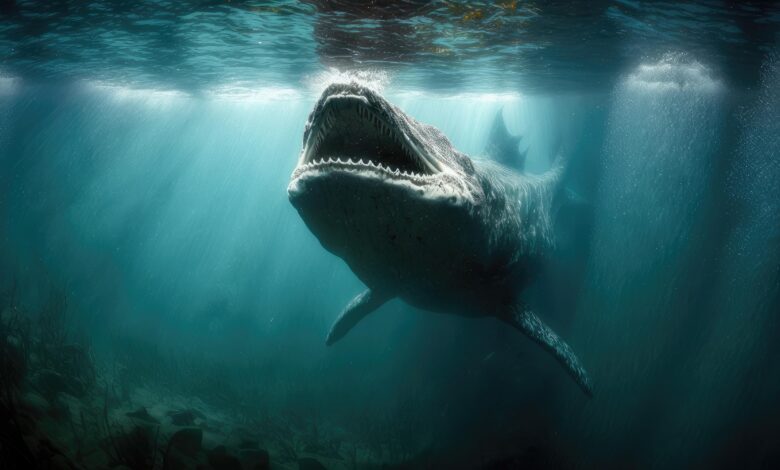Unearthed Wonders: Ancient Lizard-Like Creature Found in Australia

In a remarkable scientific breakthrough, researchers have unveiled a new chapter in Australia’s ancient history by identifying an amphibian species that once roamed the continent a staggering 247 million years ago. This discovery marks the end of a mystery that has intrigued scientists since the 1990s when the remains of this enigmatic creature were stumbled upon by a retired chicken farmer in New South Wales.
Less than ten fossils of this lizard-like species have been identified globally, underscoring the rarity and significance of this finding. Experts are suggesting that this revelation could potentially reshape our understanding of the evolution of amphibians in Australia, offering new insights into the complex and diverse history of life on the continent.
The incredible journey of this discovery began when Mihail Mihaildis, a retired chicken farmer residing in Umina, north of Sydney, decided to repair a broken garden wall
Acquiring a massive sandstone slab weighing 1.6 tonnes, he embarked on a mission to fix the wall. However, as he carefully sliced through the stone’s layers, an astonishing sight emerged – the preserved outline of an unknown creature etched into the stone
Mr. Mihaildis wasted no time in sharing his incredible find with the Australian Museum in Sydney.
In 1997, he handed over the fossil, marking the beginning of a decades-long journey of analysis and discovery. The fossil eventually made its way into the hands of Lachlan Hart, a palaeontologist whose passion for dinosaurs since childhood led him to this extraordinary fossil.
Mr. Hart and his team were conducting research on life during Australia’s Triassic era, approximately 250 million years ago, when they were presented with this exceptional fossil.
What sets this finding apart is the almost complete skeleton preserved in the mould, a rarity in the world of paleontology. The fossil not only provides a glimpse into the creature’s skeletal structure but also includes preserved skin and fatty tissues around its body, offering a detailed and comprehensive look at this ancient inhabitant.
Based on the data gathered, Mr. Hart and his colleagues estimate that this amphibian measured around 1.5 meters in length and possessed a body reminiscent of a salamander. The newfound species has been fittingly named Arenaepeton supinatus, which translates to “sand creeper on its back” in Latin. This creature is believed to have dwelled in the freshwater lakes and streams of Sydney, contributing to the ecological tapestry of the region during its time.
The newly identified species belongs to the Temnospondyli family, a group of robust amphibians that remarkably survived two of the Earth’s mass extinction events.
This remarkable feat underscores the species’ resilience in the face of challenges that led to the extinction of numerous other life forms.
The findings, published recently, not only illuminate the past but also emphasize Australia’s role as a hub for evolutionary developments and refuge during times of mass extinction.
This historic fossil, a window into the distant past, is set to captivate the public as it finds a permanent place in the Australian Museum, inviting visitors to step back in time and explore the ancient world that once thrived on this ancient land.





